Innovations and techniques in modern agriculture
Discover how to combine modern equipment, cultivation techniques and breeding practices to sustainably improve your agricultural yields.
Heavy machinery serving modern agriculture
Agricultural machinery
The use of heavy machinery is profoundly transforming the way farms operate by quickly completing tasks that would otherwise be long and arduous. This equipment improves productivity by reducing the time needed to prepare the soil, sow, fertilize, or harvest, while ensuring precision and consistency that are difficult to achieve manually.
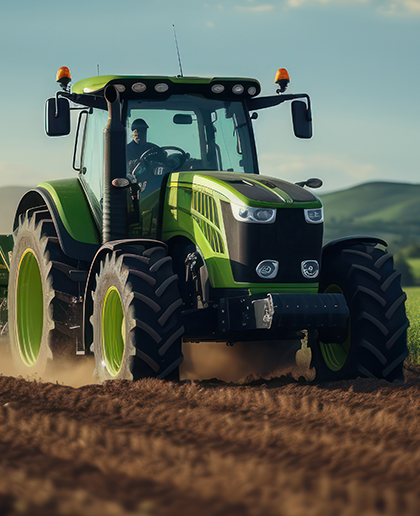
Farm tractor
Allows the pulling and operation of various equipment to facilitate all agricultural operations.
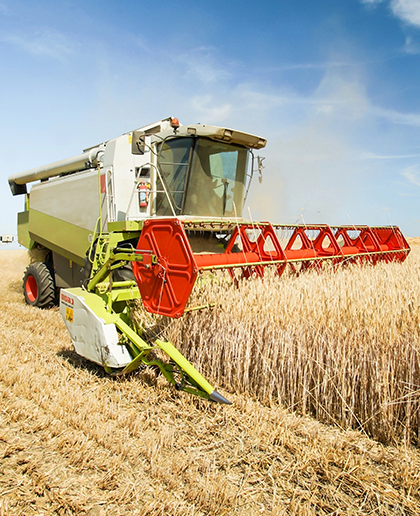
Combine harvester
Harvests cereals by efficiently separating the grain from the straw.
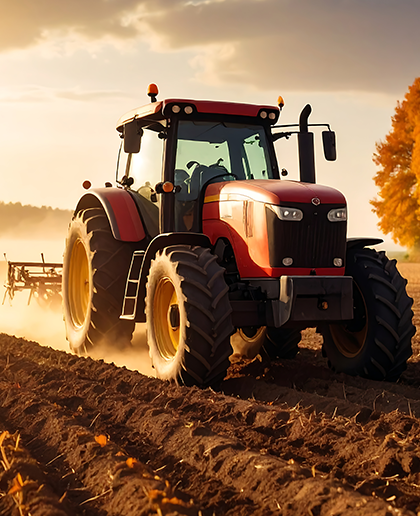
Heavy plow
Deep plowing of the soil to turn it over and prepare fields for cultivation.
Crop rotation: preserving the soil and optimizing yields
Crop rotation involves alternating different plants on the same plot according to a specific schedule, rather than growing the same species year after year. This practice limits nutrient depletion and prevents the accumulation of plant-specific diseases and pests. By varying crops, the soil benefits from different types of roots and organic matter, improving its structure and water retention capacity. Rotation also promotes biodiversity and contributes to a more resilient farm in the face of climate change, while optimizing long-term yields.
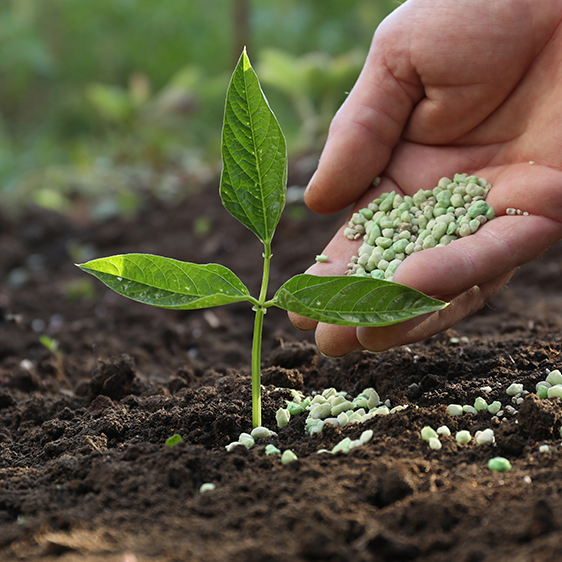
Sustainable fertilization techniques to preserve the soil
Sustainable fertilization involves providing plants with only the nutrients they need, at the right time and in the right dose. This approach is based on soil analysis and an understanding of the specific needs of each crop. By avoiding excessive chemical fertilizers, it reduces the risk of groundwater and soil pollution. Sustainable fertilization also promotes balanced plant growth, improves harvest quality, and strengthens the overall health of the agricultural ecosystem, while optimizing production costs.
Key practices for profitable and responsible livestock farming
Ensuring the profitability of a livestock farm while respecting animal welfare relies on several essential practices. It is crucial to provide feed adapted to each species and each growth phase to ensure health and productivity. Regular health monitoring, disease prevention, and rigorous veterinary care management help limit losses and ensure product quality. Furthermore, genetic selection and controlled reproduction contribute to improving livestock performance over the long term. Finally, integrating livestock farming with crops by using manure as a natural fertilizer promotes sustainability, reduces costs, and increases overall farm efficiency.
Specific equipment to facilitate agricultural work
Targeted agricultural implements
Specific equipment to facilitate agricultural work plays a crucial role in improving efficiency, reducing manual labor, and enhancing productivity in the farming sector. Modern tools such as tractors, plows, harvesters, and irrigation systems allow farmers to manage larger areas of land with less effort and greater precision.
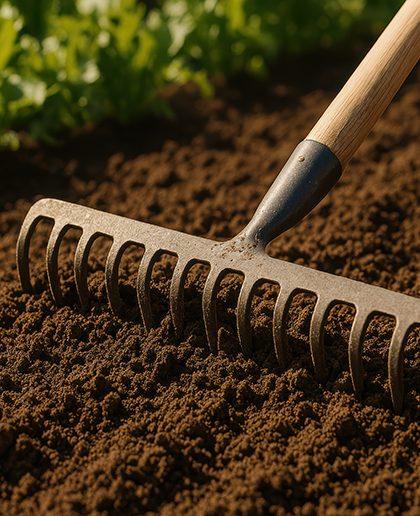
Weeder
For weeding between crop rows.
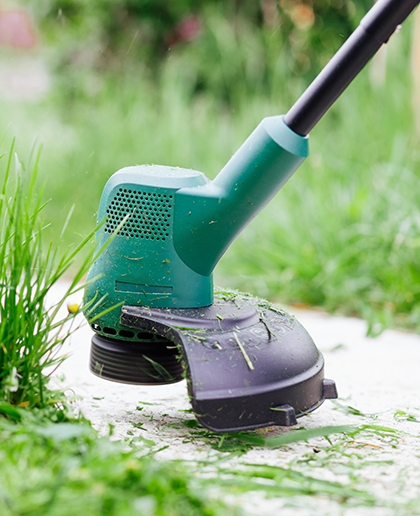
Tine rake
For leveling the soil and preparing the seedbed.
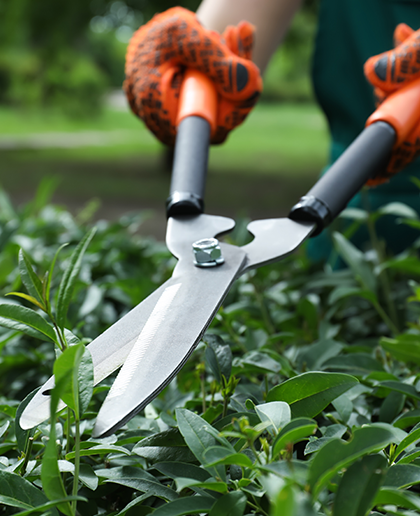
Hedge shears
For trimming hedges and shrubs on farms.